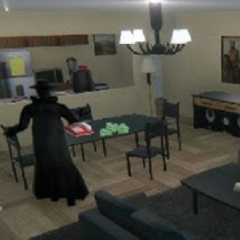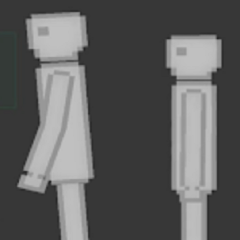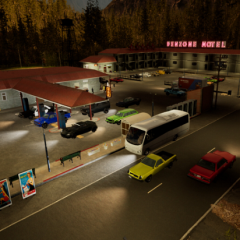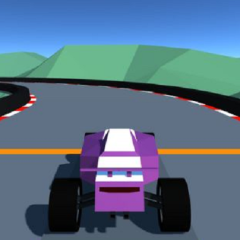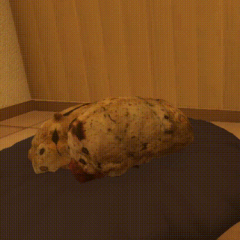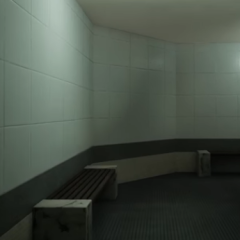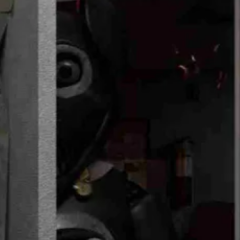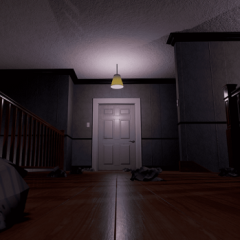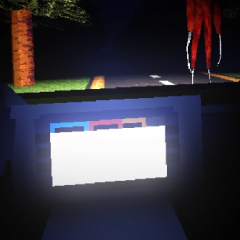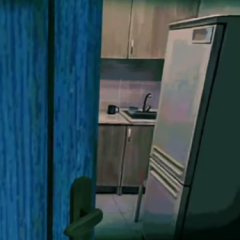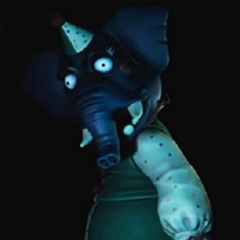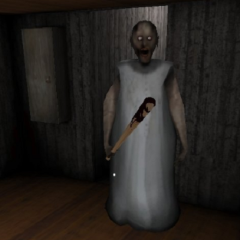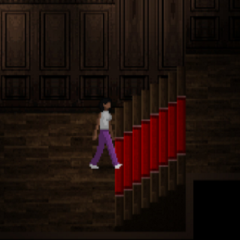Van Stalker starts in a quiet suburban neighborhood. You play as Max, a teenager spending the night alone while his parents are away. The evening feels normal until a van begins appearing near the house. It parks at different spots, sometimes idle, sometimes moving when you do. There is no explanation, no message, and no sound except the faint engine hum. The game’s perspective limits how much you can see, forcing you to move carefully between windows, doors, and streets. The van is not fast, but it never disappears completely.
The Structure of Observation
The player’s main task is to watch and react. Movement, sound, and timing all matter. You cannot fight or confront the stalker directly. Instead, you learn to read patterns: when headlights appear, when silence breaks, when the van’s position changes. Every decision—leaving a room, checking outside, or hiding—affects how close the danger comes. The world feels normal enough to confuse you into lowering your guard, which makes every return of the van more intrusive. The house becomes a map of potential mistakes.
The System of Survival
Van Stalker follows a recurring gameplay cycle built on observation and response:
· Move between areas of the house to complete small objectives.
· Look outside to track the van’s location without drawing attention.
· Use lights, doors, and noise sparingly to avoid being detected.
· React quickly when the van relocates closer to your position.
· Survive through the night until external help can arrive.
This loop ties survival to awareness. There are no visible timers or scores—your success depends on your ability to notice change before it becomes threat.
The Collapse of Control
As the night continues, the pattern becomes unpredictable. The van appears in places it couldn’t logically reach. Lights flash without cause, and objects shift between rooms. The rules you relied on stop working. The player must decide whether to keep hiding or confront the unknown directly. The tension rises through disorientation rather than action. You realize that the game has turned the familiar environment of home into an unstable territory that reacts to fear itself.
The Ending and Implication
Van Stalker concludes when Max finally faces what has been watching him. The result depends on whether you choose to escape or open the door to the van. No answer is final—the identity of the stalker is never shown. The experience ends with uncertainty, suggesting that what hunted you may not exist outside perception. The title refers to pursuit and to reflection: the van as a moving mirror of what you fear. Once the engine stops, silence remains, but the feeling of being followed does not fade.

